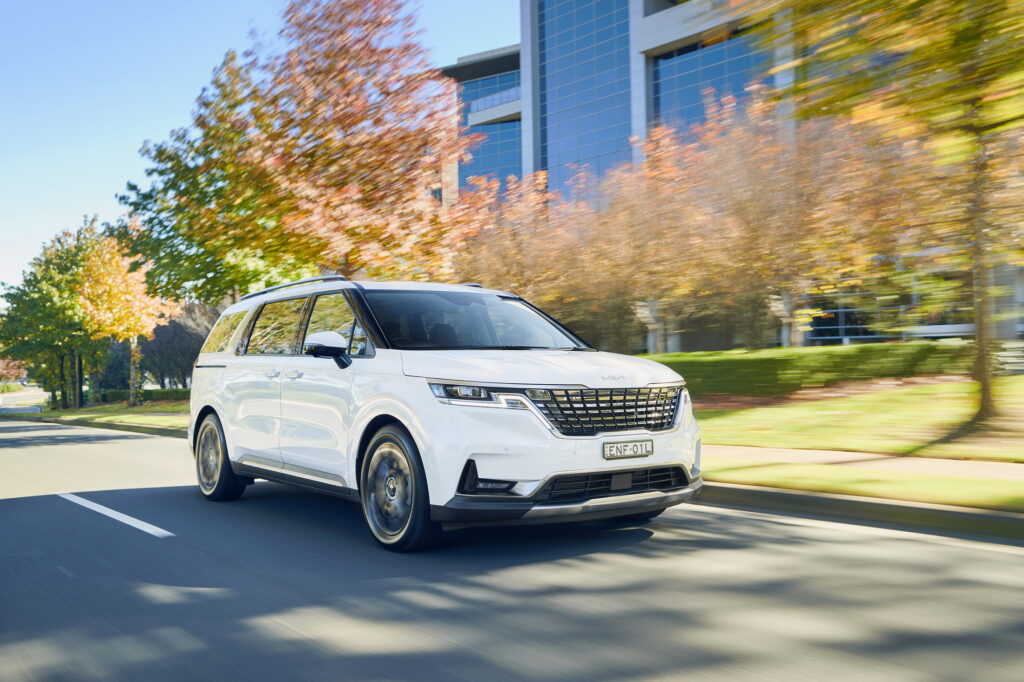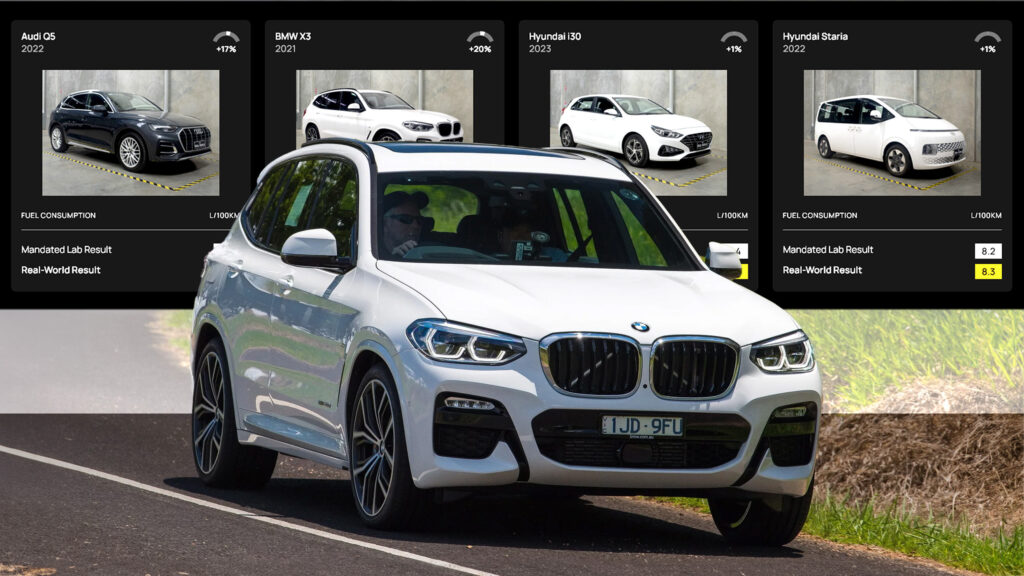The latest findings from the Australian Automotive Association’s (AAA) Real-World Testing Program are in, and they’re causing a bit of a stir in the fuel economy arena. The results expose some concerning gaps between the fuel efficiency promised in controlled lab environments and the harsh realities faced on the open road.
Although the on-road results for the majority of the vehicles (seven out of 13) were within 5 percent of the lab results, five of the vehicles consumed between 9 and 20 percent more fuel than promised.
The worst performers were the 2021 BMW X3, which consumed 20 percent more fuel than its mandated lab tests predicted; the 2023 MG 3, with a 19 percent increase; the 2022 Audi Q5, showing a 17 percent hike; the 2021 Toyota Yaris Cross Hybrid, using 12 percent more fuel; and the 2023 Volvo XC40, which burned 9 percent more fuel than estimated.
Meanwhile, the Hyundai i30, Hyundai Staria, Kia Sportage, MG HS, Mitsubishi Eclipse Cross, and Mitsubishi Outlander all exceeded their lab results by less than 5 percent. The Toyota Camry actually improved in the real world, where its fuel consumption was 1 percent lower than predicted.
AAA Real-World Consumption Test Findings
Finally, the 13th vehicle in the test was the 2023 Kia Carnival, which consumed an impressive 7 percent less fuel in AAA’s real-world test than it did in lab testing. However, it was not all rosy for the Korean minivan.
The Carnival was one of three vehicles that exceeded Australian regulatory limits for oxides of nitrogen, and was joined by the Hyundai Staria and the Kia Sportage, reports The Guardian. Meanwhile, the MG 3 didn’t just consume more than expected, but its carbon monoxide emissions were 85 percent greater than regulated lab test limits.
Read: Kia Updates 2024 Carnival To Prevent Second-Row Seats From Collapsing In A Crash
The AAA’s real-world emissions tests receive funding from the Australian government and were established in the wake of the Volkswagen Dieselgate scandal. Conducted in Victoria, Australia, these tests adhere strictly to European Union legislation to ensure that “fuel consumption and CO2 results are repeatable and minimises the influence of human factors such as driving style and changing traffic flows”.
This is the second round of testing under the program, which started in 2017. This round focused on small and medium SUVs and MPVs.
The test is designed to help consumers choose the cars that will best perform while they are driving them, not just on the spec sheet, said Michael Bradley, managing director of AAA.
“When comparing vehicles, consumers cannot assume that better lab performance will translate into real-world savings,” Bradley noted. “This information could help a new car buyer save hundreds of dollars a year while cleaning up our light vehicle fleet.”









